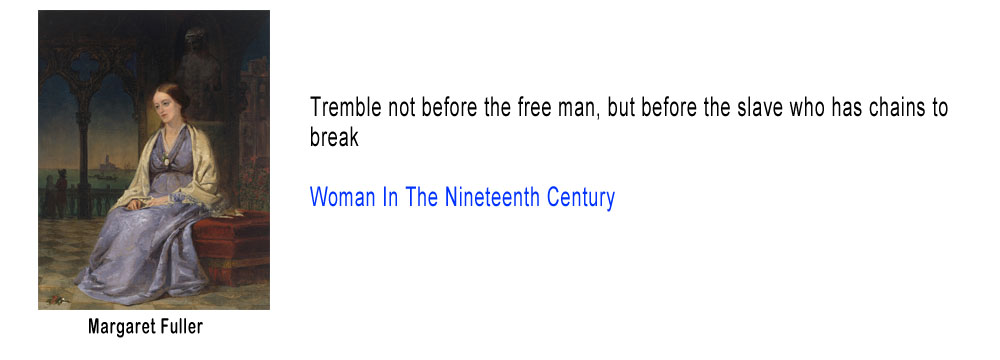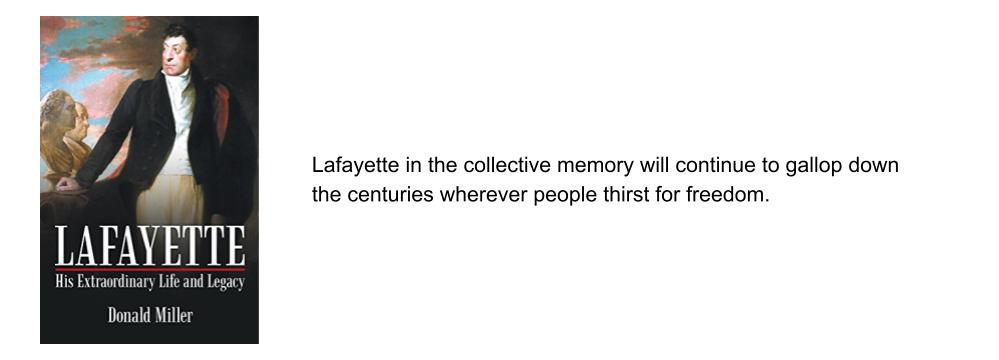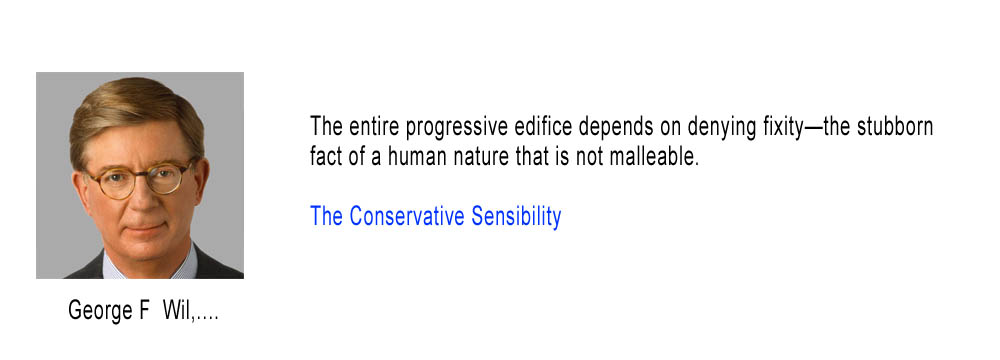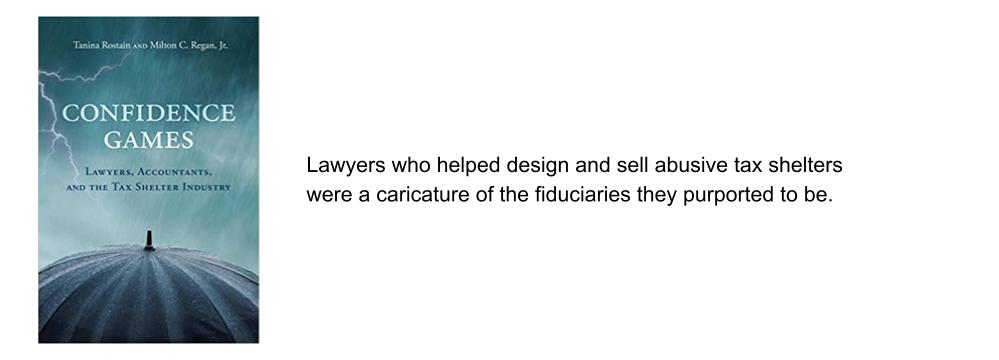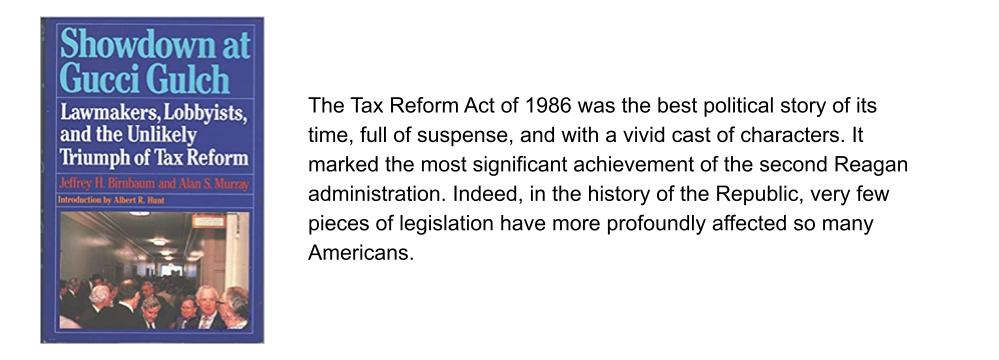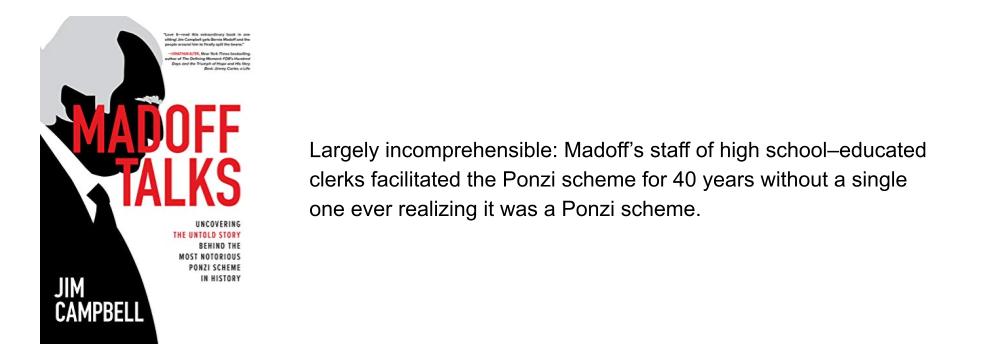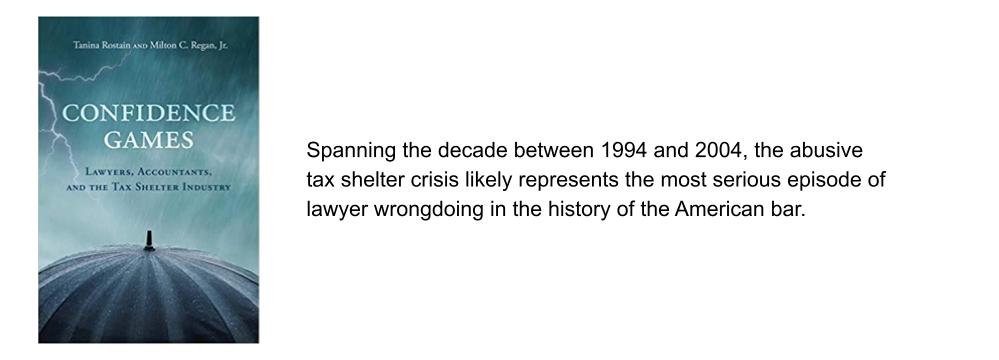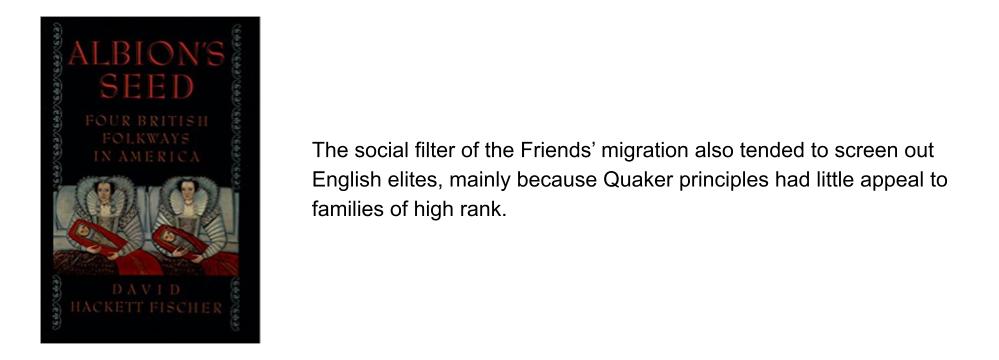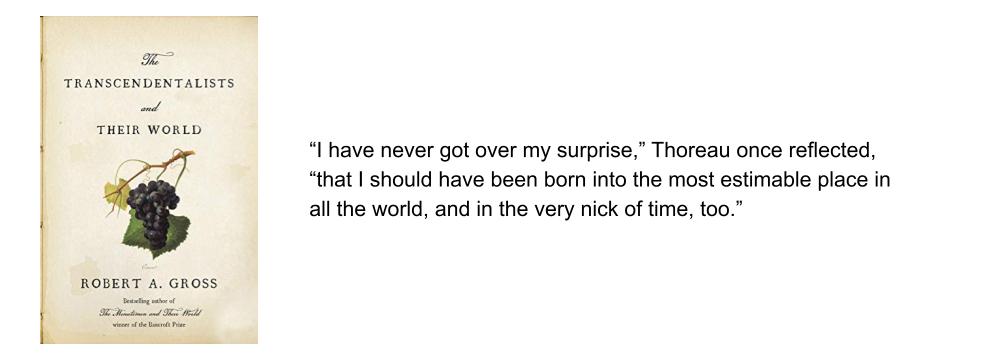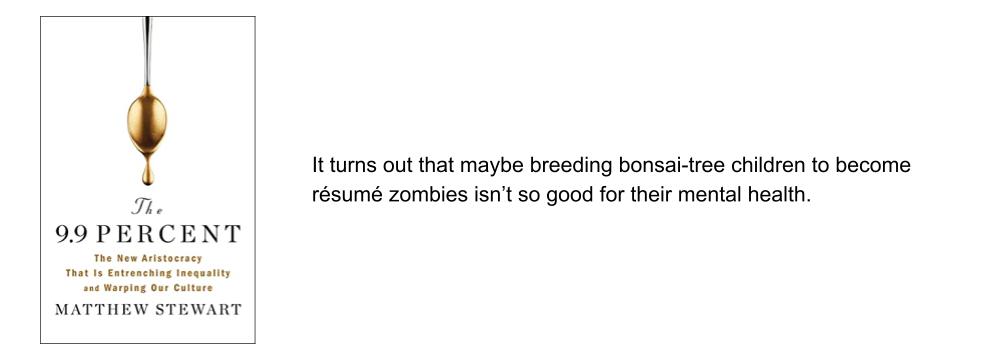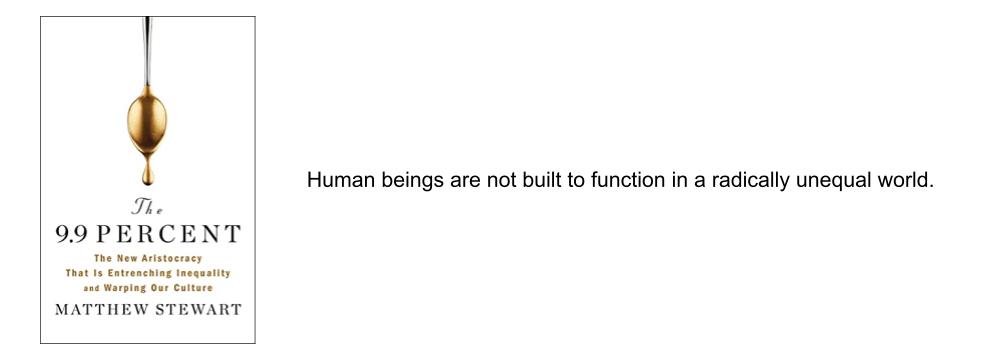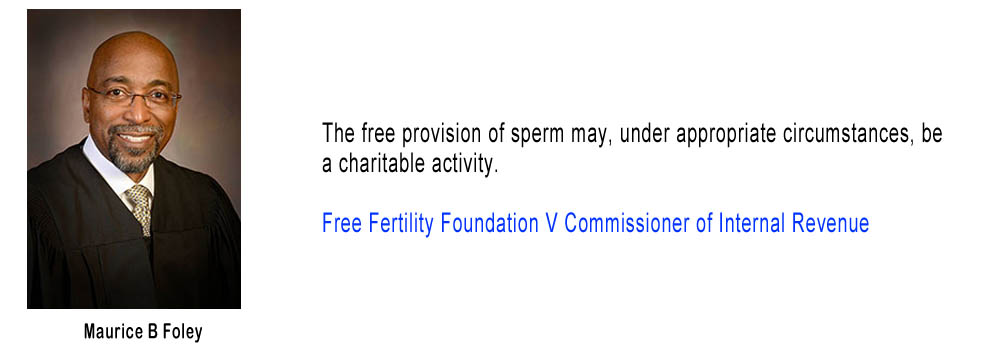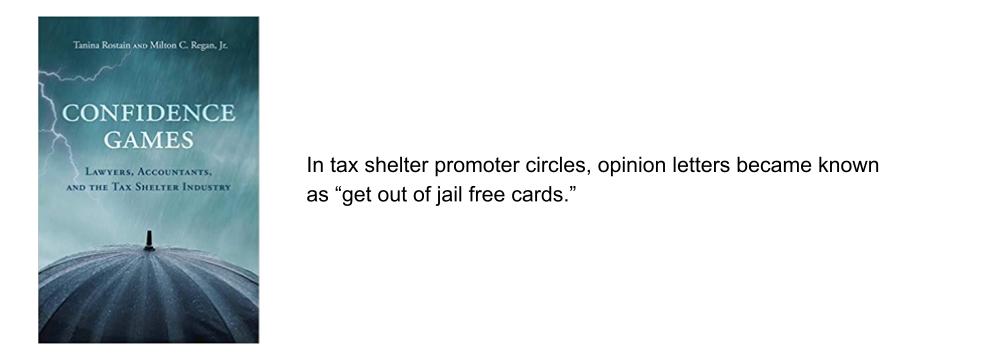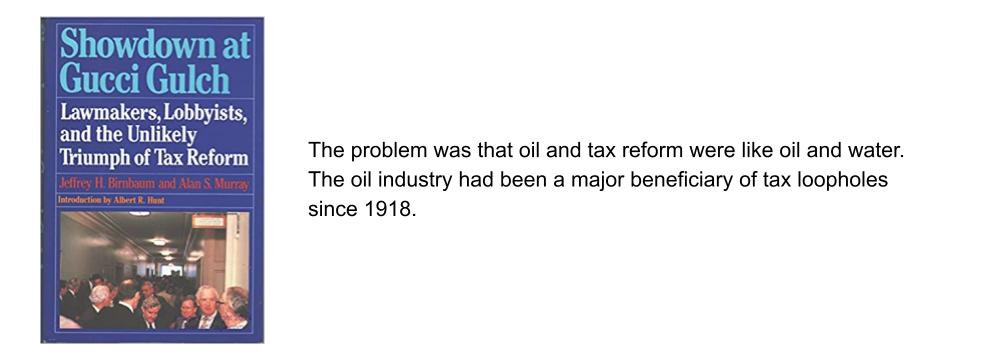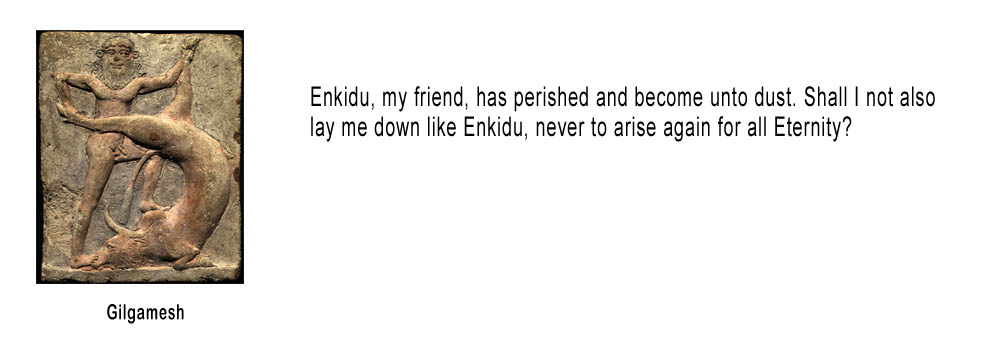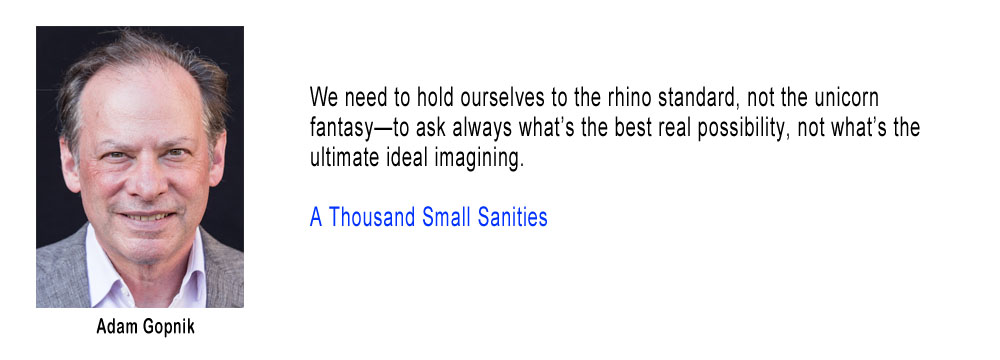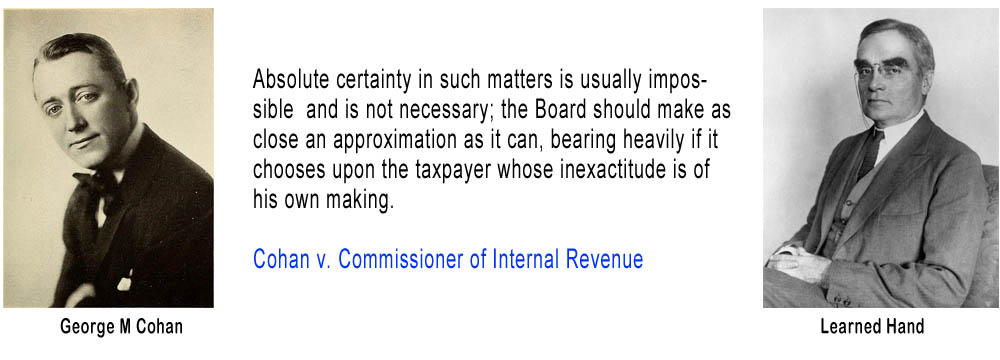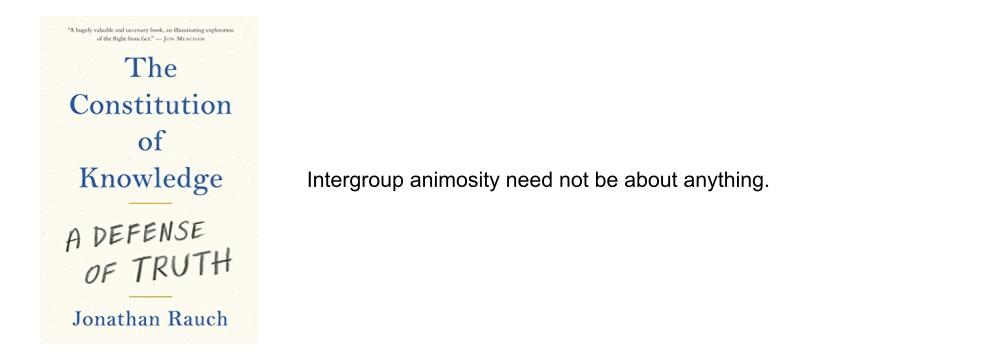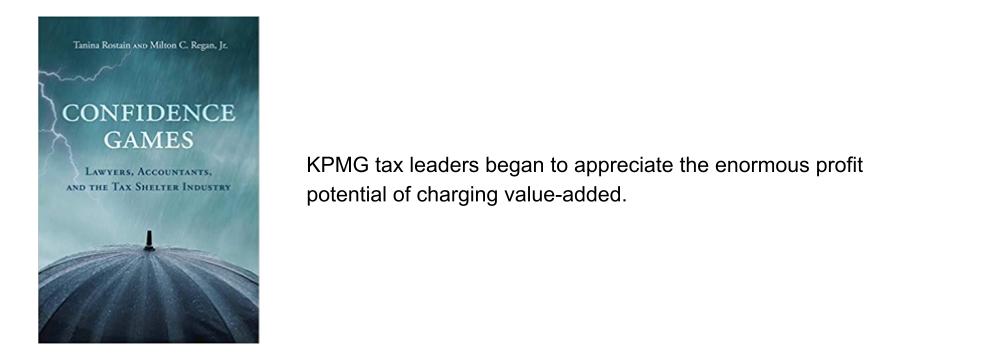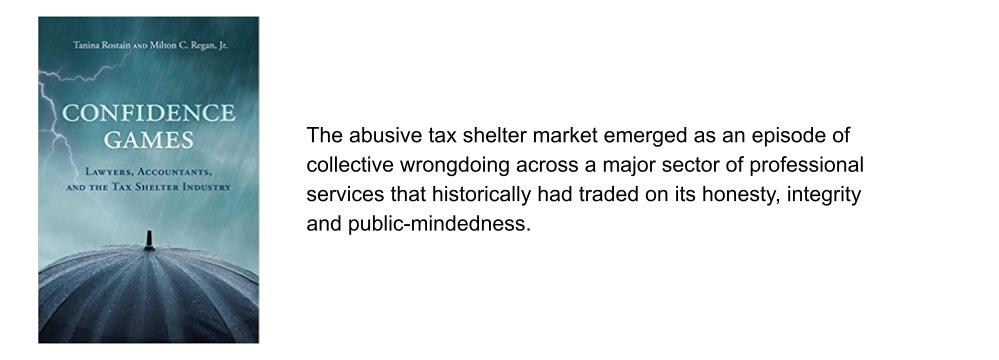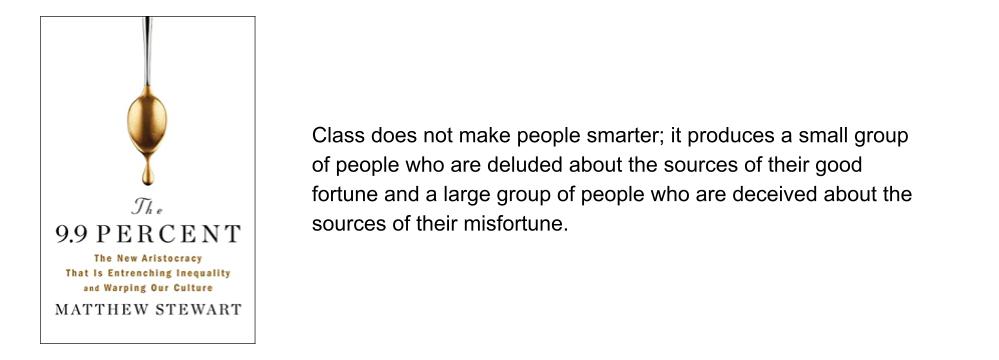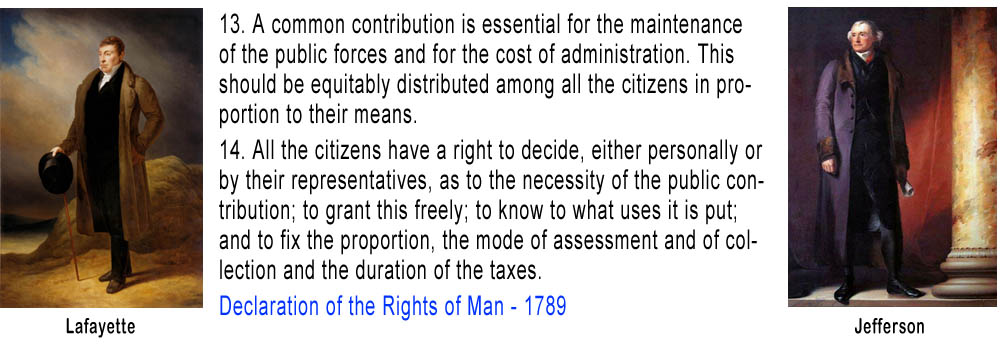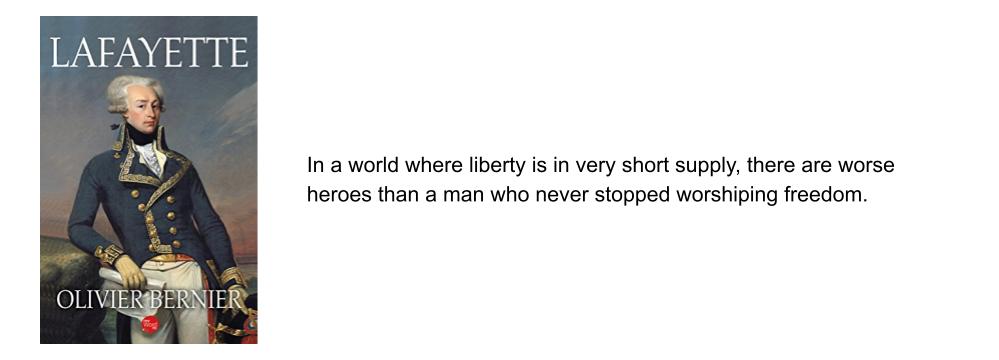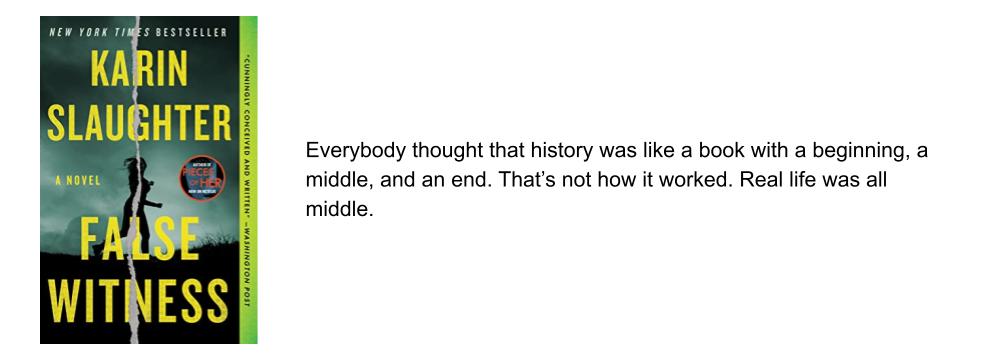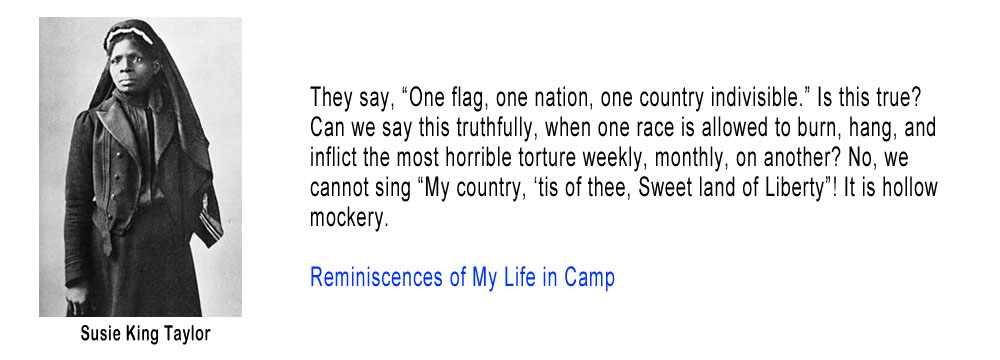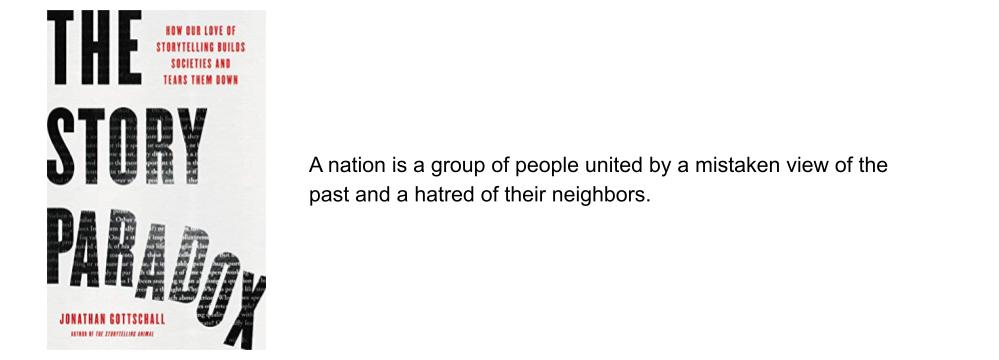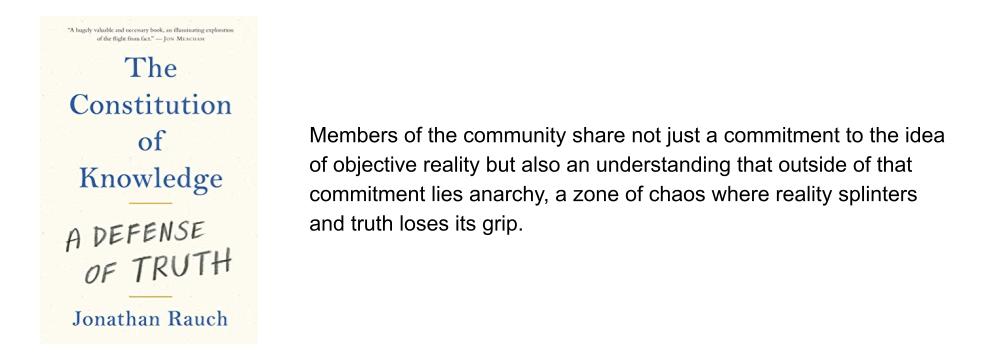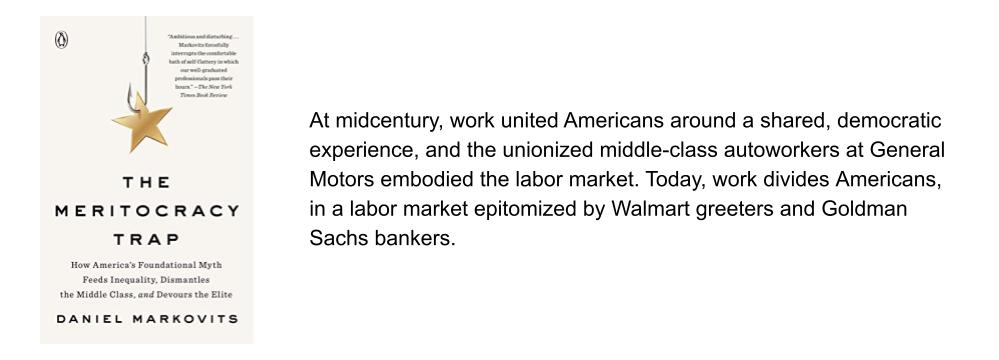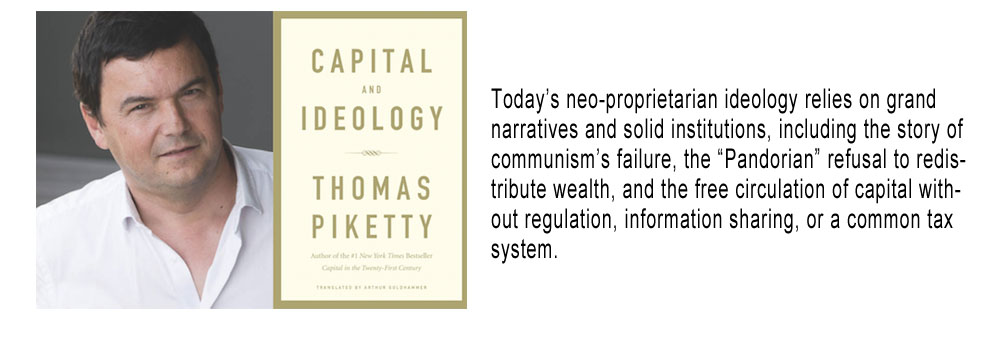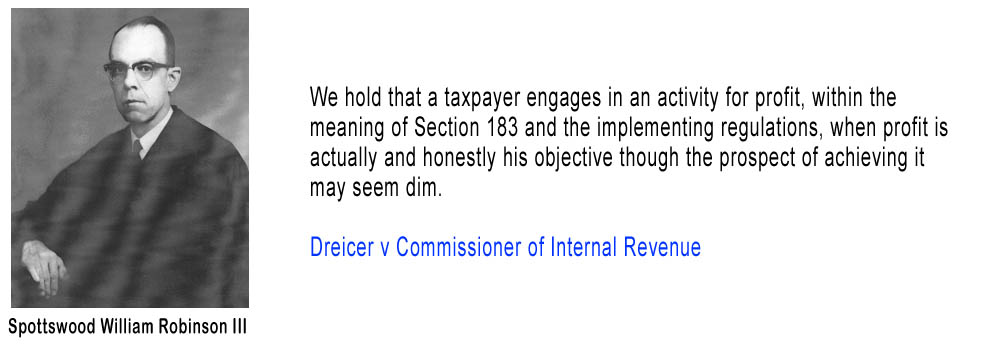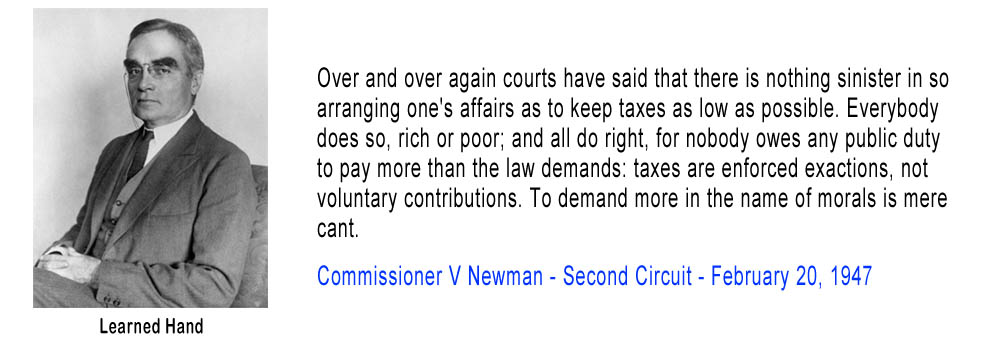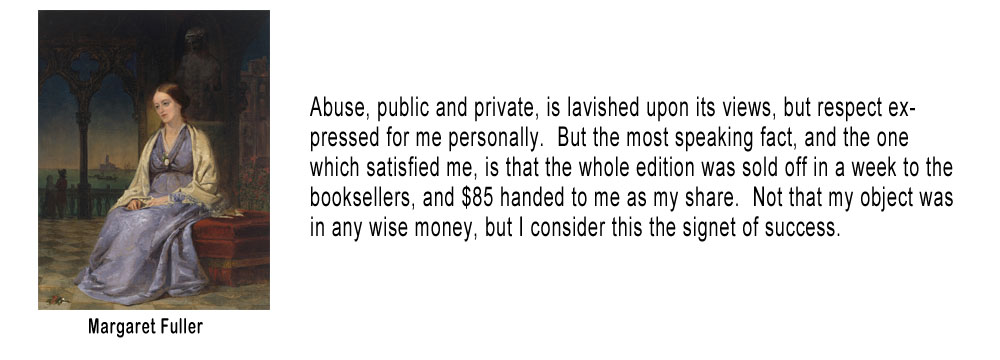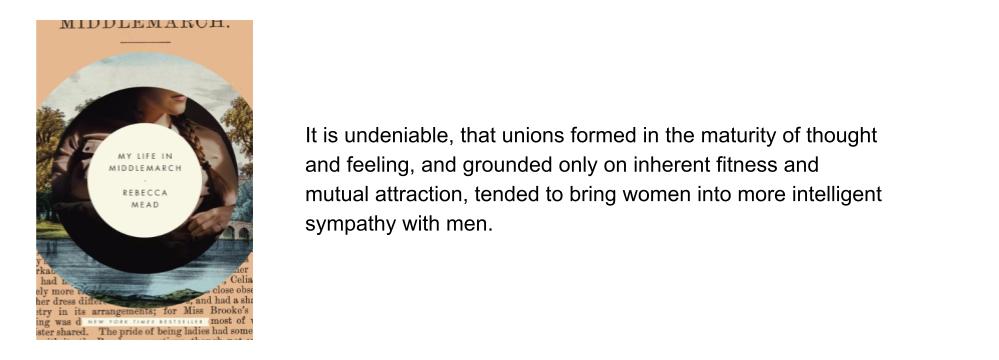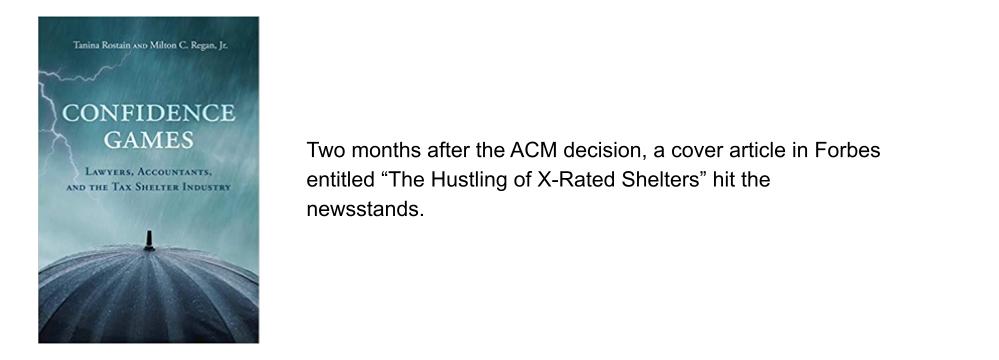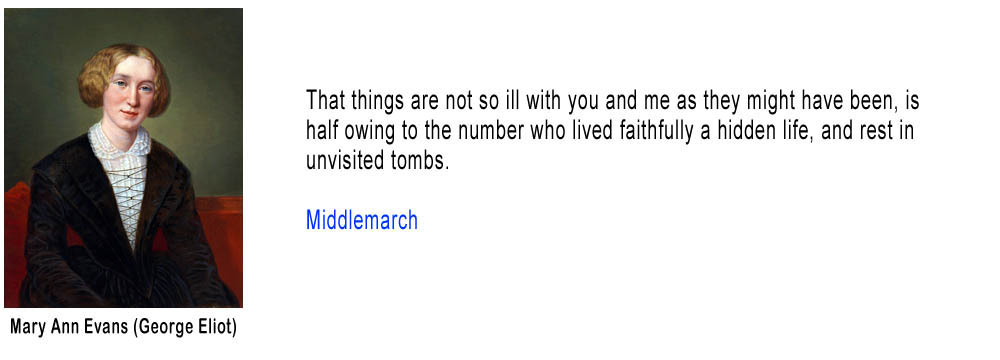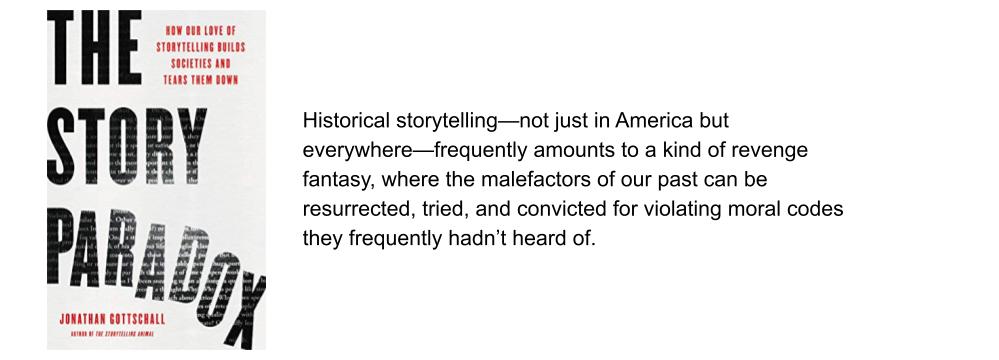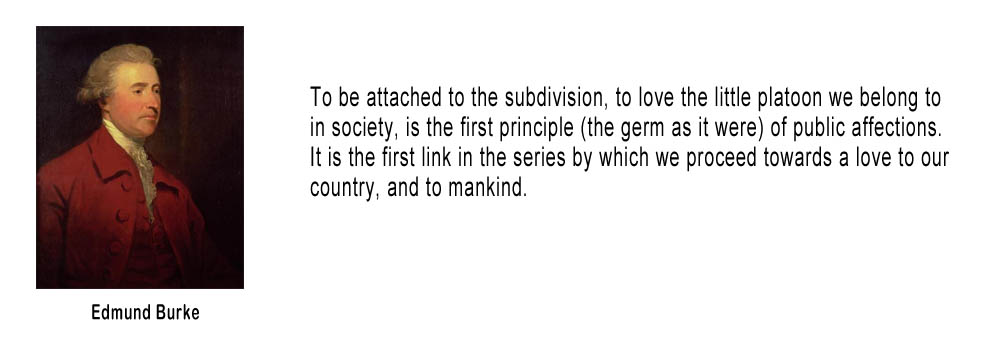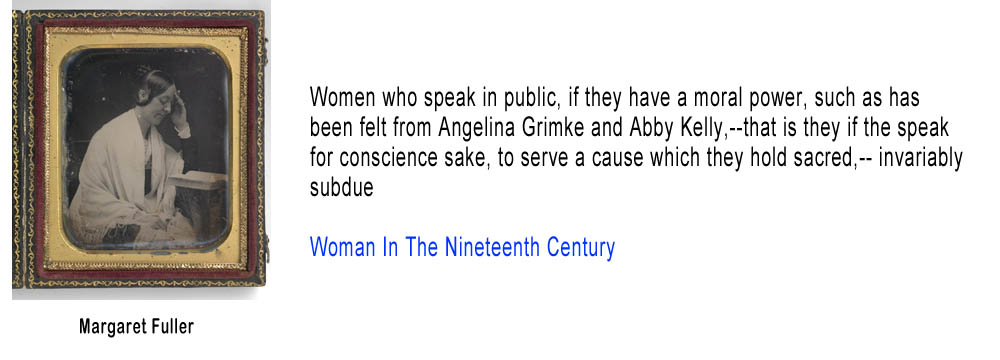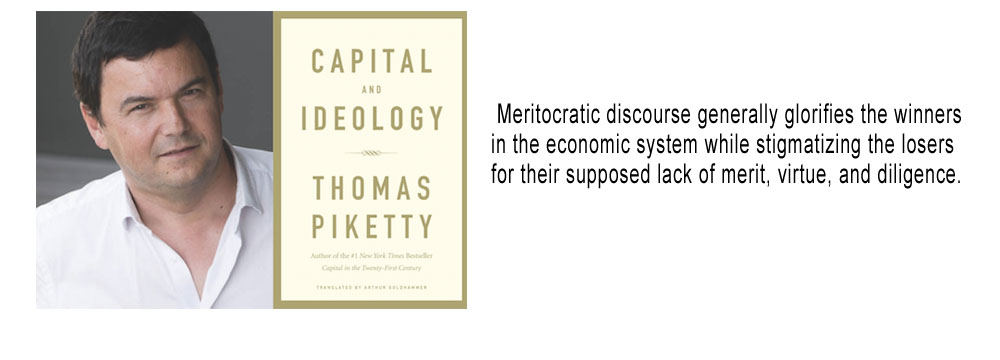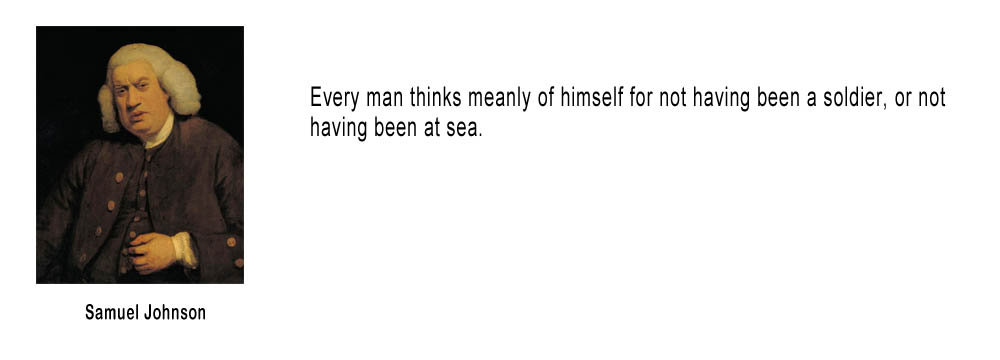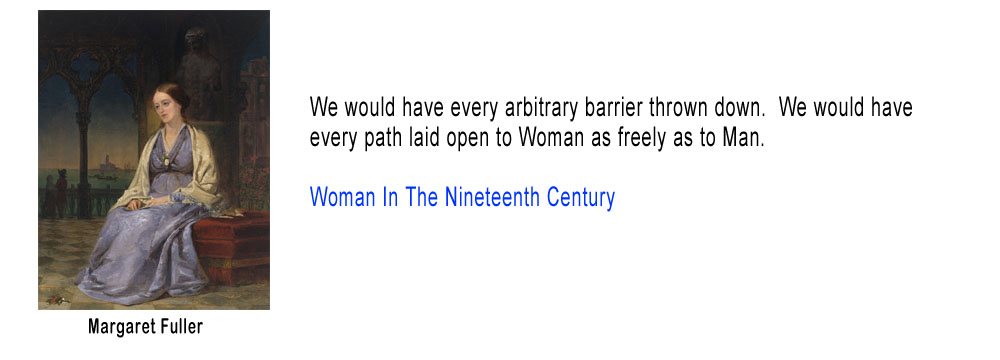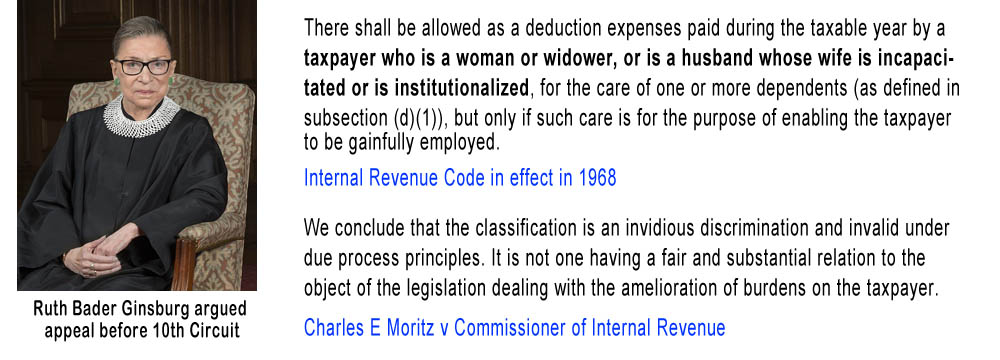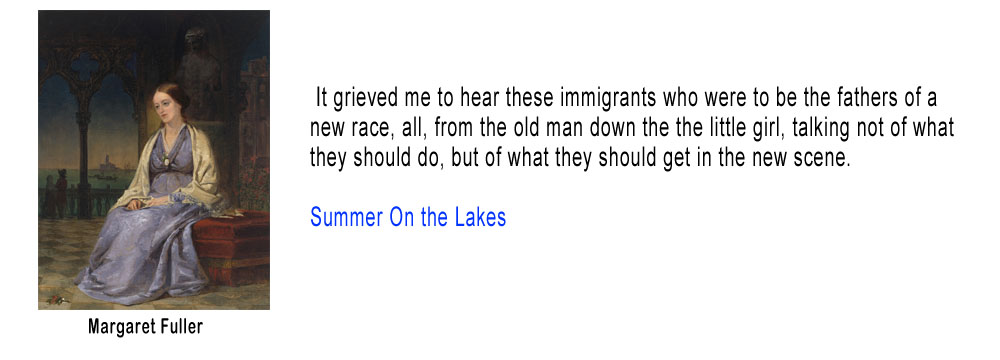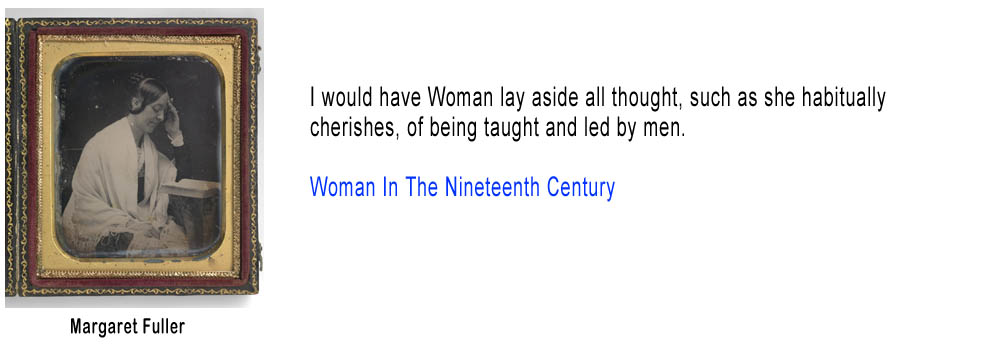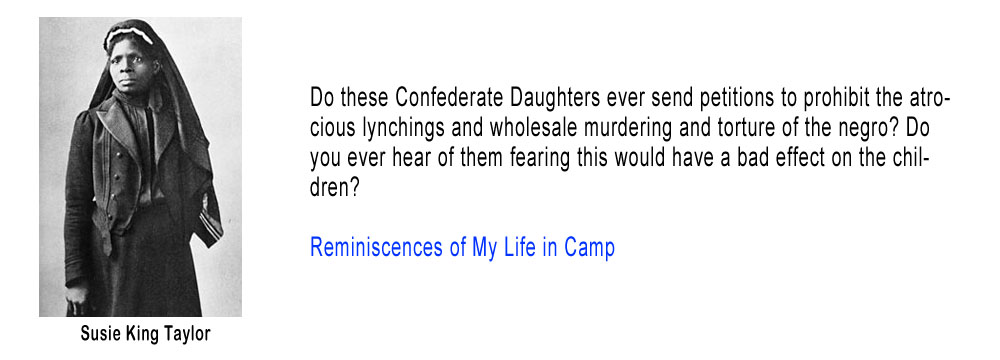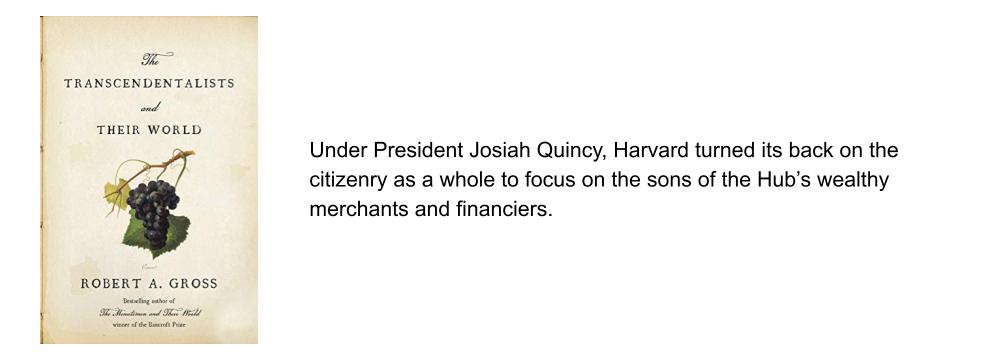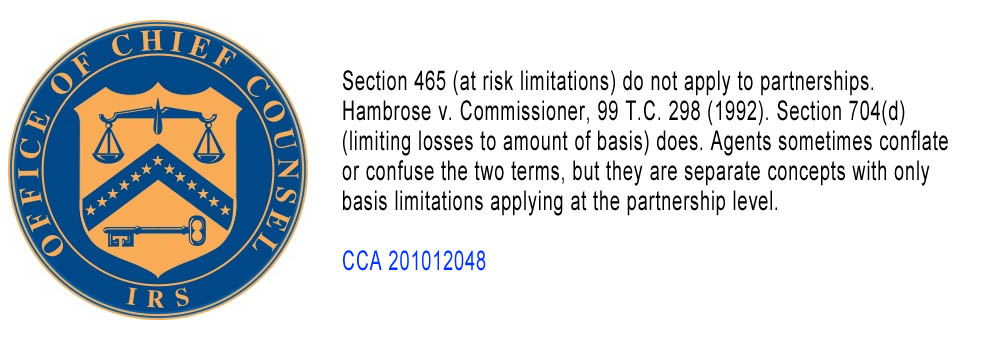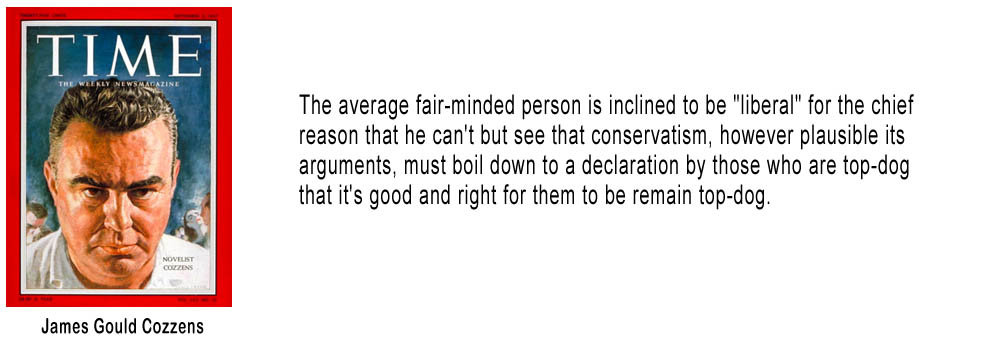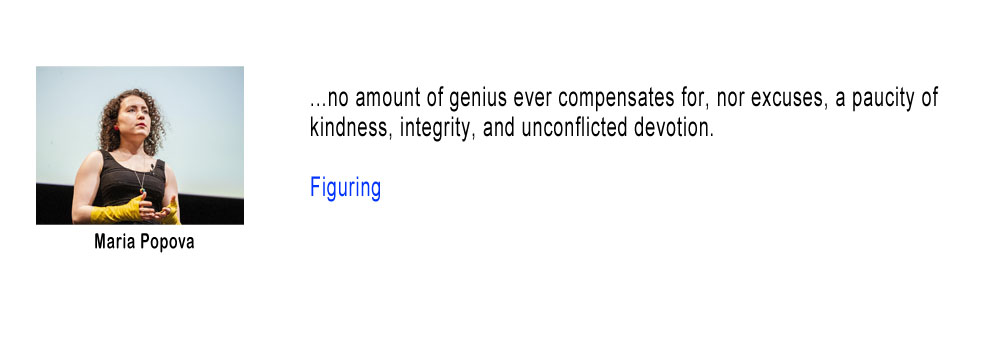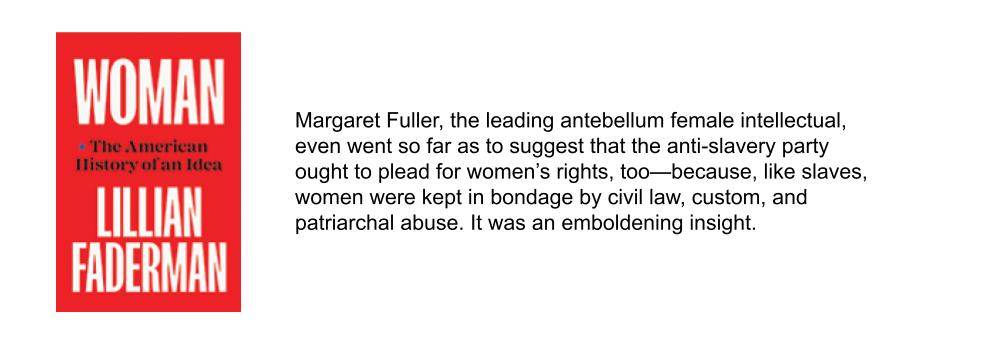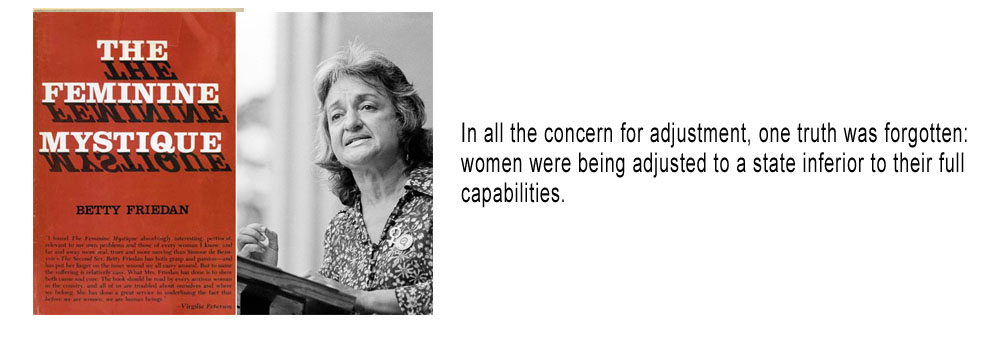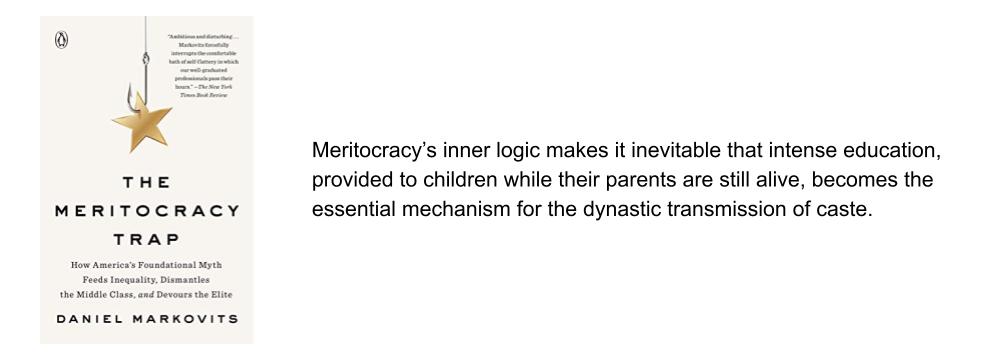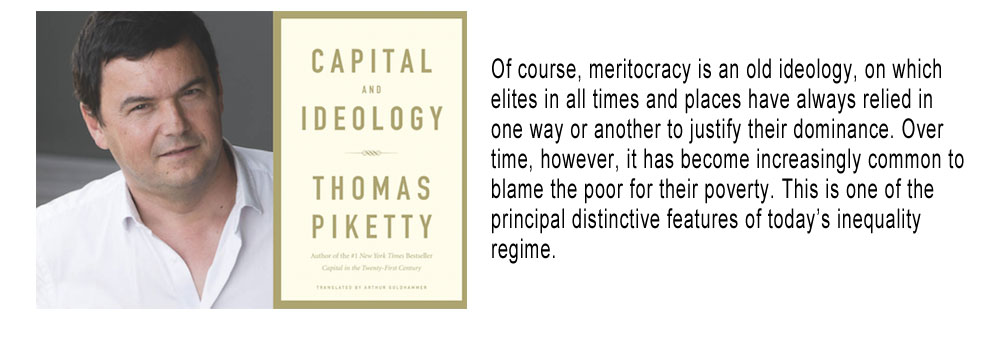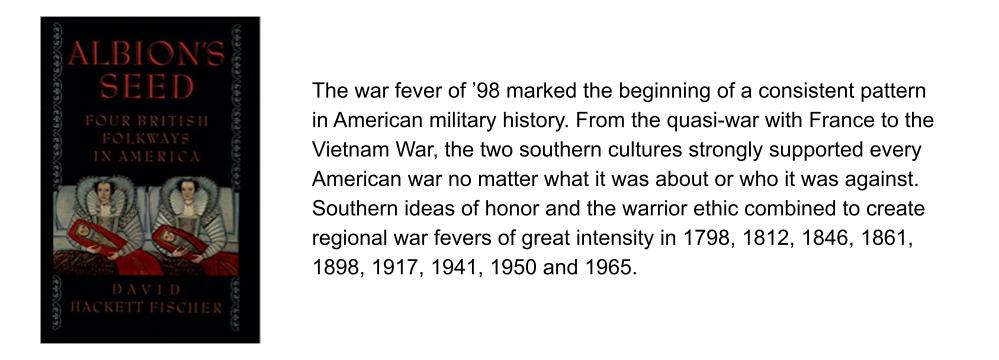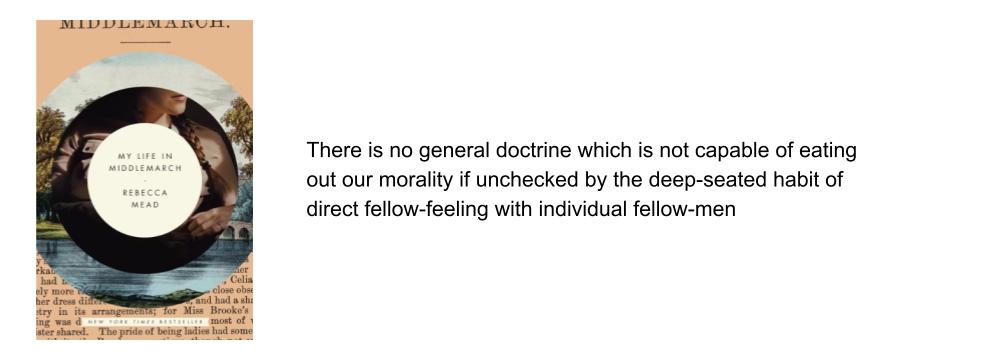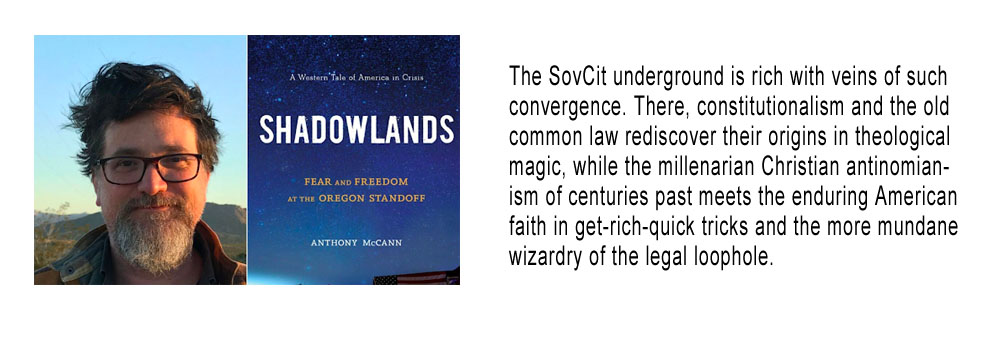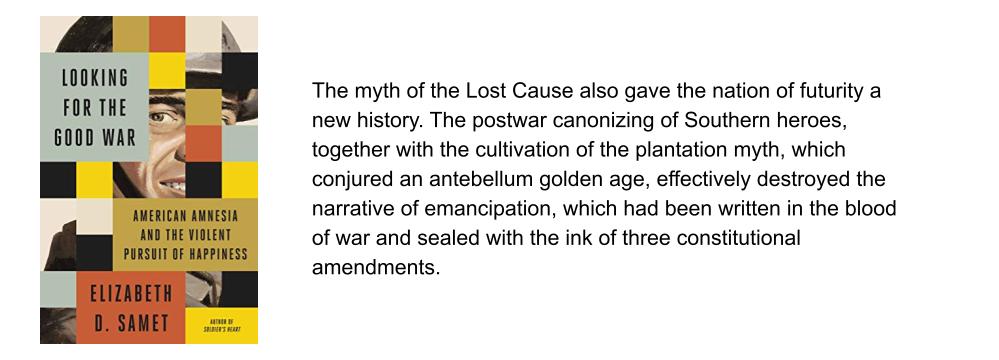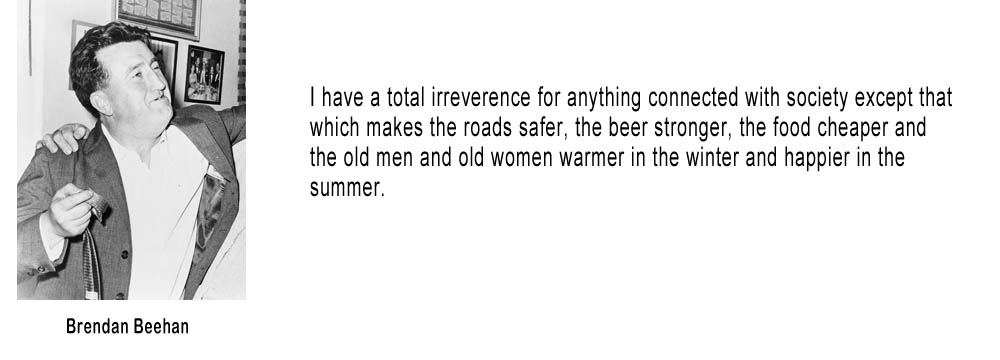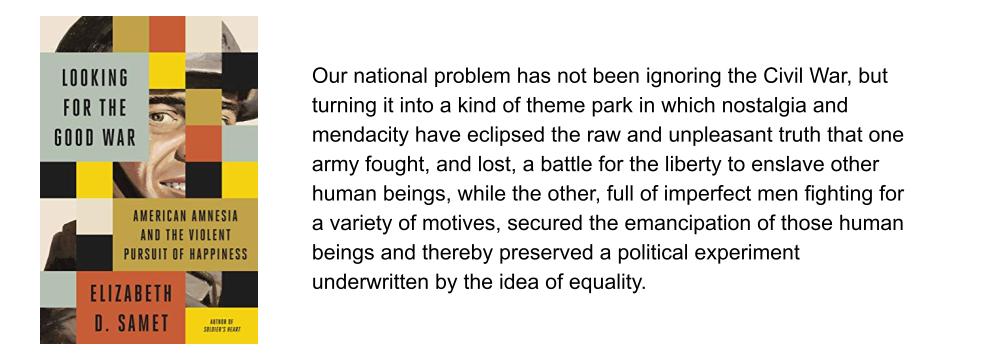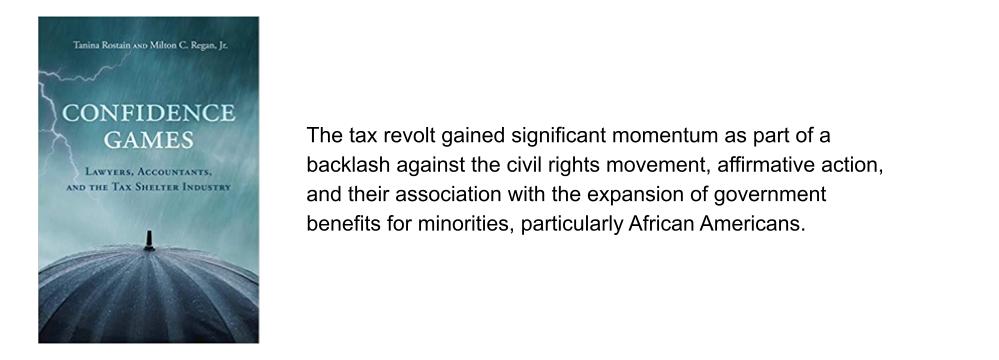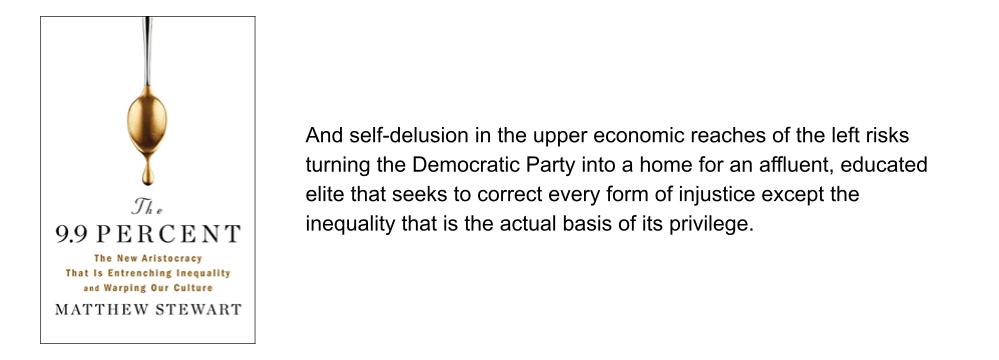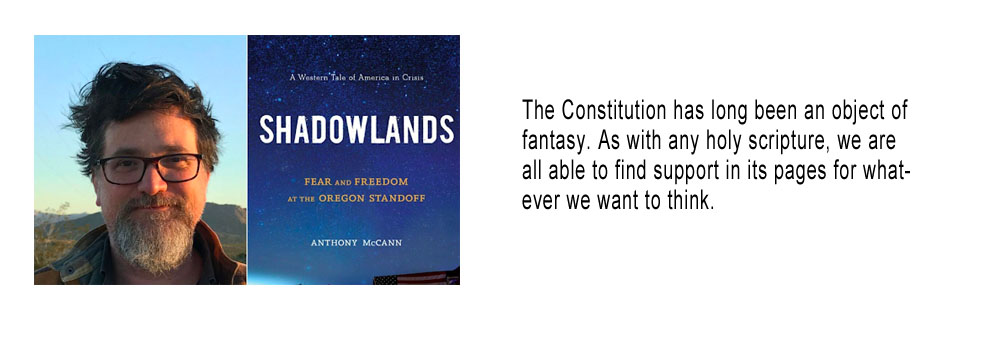Originally published on Passive Activities and Other Oxymorons on March 9th, 2011.
____________________________________________________________________________
Anietra Y. Hamper v Commissioner, TC Summary Opinion 2011-17

I see London
I see France
I see Sally’s ********
Anietra Y. Hamper was a news anchorwoman. I should mention that she appears to be a serious journalist and is writing a blog on her trip to Vietnam. She was not an anchor on Naked News, so she had to spend quite a bit of money to purchase the proper attire for a news anchorwoman. Her clothes shopping was governed by something called the Women’s Wardrobe Guidelines. Apparently, and unfortunately for Ms. Hampers case, TV anchorwomen are required to dress like, well, CPA’s :
The guidelines provide that the “ideal in selecting an outfit for on-air use should be the selection of `standard business wear’, typical of that which one might wear on any business day in a normal office setting anywhere in the USA.” The guidelines point out that there is no correlation between the cost of an outfit and its appropriateness for use, and generally a conservative outfit purchased “off the rack” at a local department store is more acceptable than excessively stylish items purchased at a designer boutique.
The guidelines also recommend avoiding certain clothing such as those with flamboyant or loud patterns which may be distracting on camera, heavy tweed suits, and outfits with buttons or accessories that are overly large, as television tends to make them look even larger.
Apparently Ms. Hamper has taste in clothing that is either more flamboyant or more casual than that required to be worn on air and in her public appearances as an “ambassador” of the station.
During the years at issue petitioner purchased clothing for her position as a news anchor. She wears her business clothing only at work and maintains her business clothing separately from her personal clothing. She explained that the requirement to wear conservative clothing makes her business clothing unsuitable for everyday wear.
There actually is a case in which the Tax Court allowed a deduction for clothing suitable for ordinary wear :
Some of the clothing purchased by the petitioners for use during production of their television series was suitable for their personal wear, and was in fashion at the time it was purchased.
There were, however, some special circumstances :
The clothing purchased by petitioners for use in the production of their television show was, until disposed of, kept at the studios. At the end of a “shooting” season, the wardrobe remained in the studio and was placed in mothballs and zipper bags and was not taken home.
Some of the wardrobe clothing was not suitable for personal use in the area where petitioners resided. The show depicted the average family, and did not specify its locale as being in southern California. During most of the months when the show was being shown the clothing used on the show was much heavier than clothes normally suitable for wear in southern California.
During the production of the television series, retention at the studio of clothing worn by the principal actors was required. Upon occasion petitioners had to reenact certain scenes, so that the same clothing must be available and worn during such reenactments.
The case was Oswald “Ozzie” G. Nelson, TC Memo 1966-224 and the IRS acquiesced in the decision (Action on Decision 1972 WL 33220, 11/08/1972). Those of you who fondly remember Ozzie and Harriet will be glad to know that Ozzie’s occasional wearing of a heavy sweater to a football game did not impact its deductibility. Sadly, there was inadequate substantiation with respect to Ricky and David’s personal use of the clothing, so much of their apparel was disallowed.
I wish to express my sympathy for Ms. Hamper not so much for her losing the case although I can understand her logic in thinking her clothing was deductible :
Petitioner used a self-described criterion for determining whether a clothing expense was deductible. She would ask herself “would I be buying this if I didn’t have to wear this” to work, “and if the answer is no, then I know that I am buying it specifically” for work, and therefore, it is a deductible business expense.
Sadly, many of us could make that same argument even though we don’t appear on television. In the occasional evaluations that are made of partners in my firm, my high marks for thinking outside the box are substantially offset by failure in the “executive presence” category, which includes less than perfect wardrobe choices on my part.
My sympathy for Ms. Hamper relates to the publicity that this decision has generated. Here is an example, which I do not recommend you view, but present by way of example. In compiling the items of apparel that she attempted to deduct Ms. Hamper may not have reflected that tax court decisions are published. Although, not that widely read, elements of them have the potential to go viral. Here is a slightly bowdlerized version of a section of the decision:
Petitioner’s clothing purchases for work consisted of such items as traditional business suits, lounge wear, a robe, sportswear, active wear, ********************* and evening wear. She also deducted expenses for an Ohio State jersey, jewelry, bedding, running and walking shoes, and dry cleaning costs.
Yes Ms. Hamper was trying to deduct items of clothing that her viewers are not meant to view on conventional news programs. She probably did not realize that among some of those who peruse tax court decisions, there is some level of adolescent male sensibility. I may be expressing a Victorian attitude in the age of Victoria’s Secret, but I hope that Ms. Hamper will accept my apologies for the ungentlemanly behavior of the tax blogosphere in this matter. I doubt that lady tax bloggers were responsible for this matter being exposed to the general media. I need to get back to my day job, so I cannot spend time researching who was the first to break this story. I picked it up in my regular review of tax court decisions. Since the taxpayer was something of a celebrity, I did a little further research and found that it had already been covered quite a bit. I would have dropped it, until I realized I had a different perspective to offer. Again, I’m sorry Ms. Hamper that your aggressive tax position has caused your undergarment decisions to be so widely exposed.



